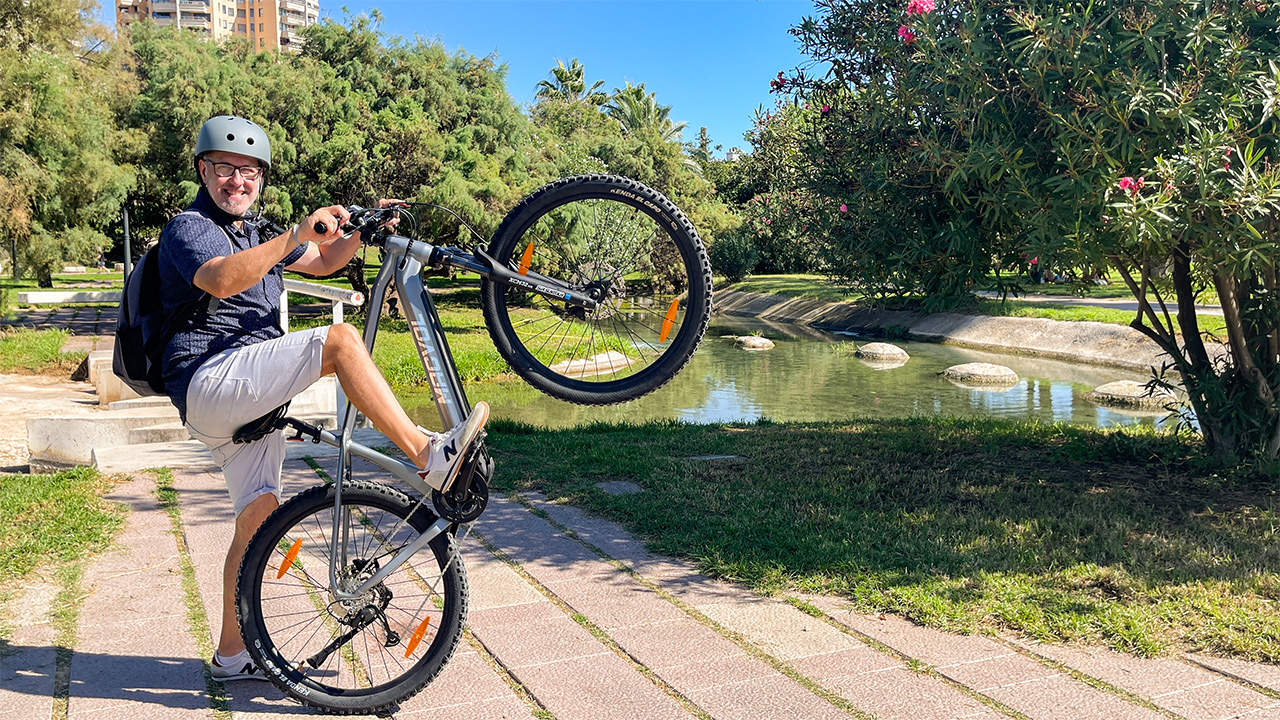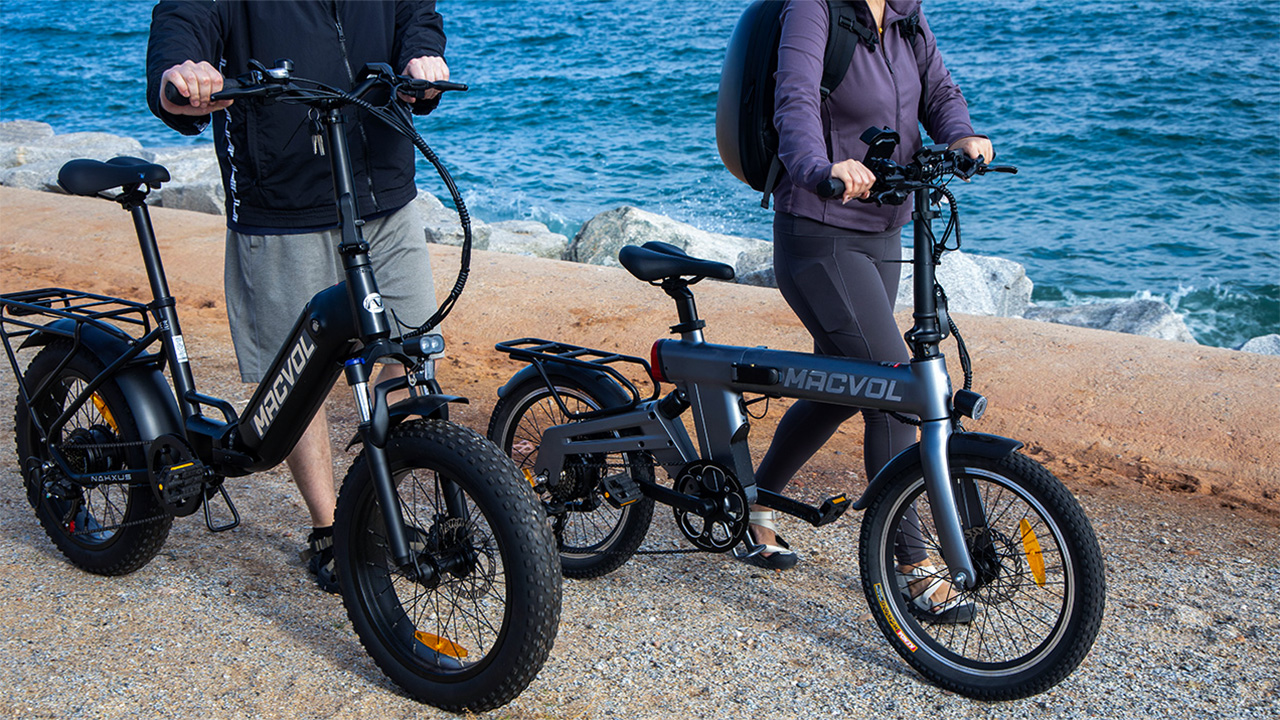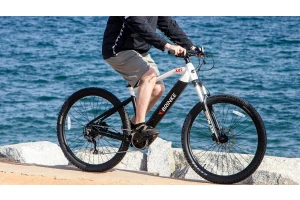Octubre 23, 2024

Let the Fat Burn!!
Everyone knows that cars generate power by burning gasoline. If we compare the body to a car, we similarly need "fuel" to gain energy. These "fuels" are carbohydrates, fats, and proteins. Just as gasoline requires oxygen for combustion, human fat-burning also relies on oxygen. During exercise, oxygen enters the blood through the lungs and then reaches body cells. The time it takes for oxygen to enter depends on the type of exercise you're doing.
Types of Exercise: Aerobic and Anaerobic
-
What Are Aerobic and Anaerobic Exercises?
-
Aerobic Exercise: When you engage in low-intensity, steady-pace, and long-duration activities, oxygen is sufficiently delivered to body cells. This type of exercise is known as "aerobic exercise." Through aerobic exercise, carbohydrates and fats in the body are broken down by oxygen. After 30 minutes, fat tissues are directly broken down, making it more effective for weight loss, while also enhancing cardiopulmonary function. Common examples of aerobic exercises include jogging, cycling, aerobic dance, swimming, and other endurance training.
-
Anaerobic Exercise: During high-intensity, explosive, and short-duration activities, muscles are in a "hypoxic" state where there isn’t enough time to deliver oxygen. This type of exercise is referred to as "anaerobic exercise." Anaerobic exercise usually makes your body stronger, but because carbohydrates aren’t fully "burned," excess lactic acid is produced, causing muscle soreness after exercise. Common anaerobic exercises include sprinting, weightlifting, and other strength training.
-
- Comparison Between Aerobic and Anaerobic Exercise
AerobicsAnaerobic exerciseExercise intensityLowHightimeMore than 30 minutes2 minutes or lessSource of energyMainly sugar and fat, with a small amount of proteinSugarsCharacteristics of energy supplySlow and persistentFast, not long lastingMetabolic wasteLess. It's carried away by bloodstream.More, lactic acid easily accumulates and causes fatigueTypical campaignsBrisk walking, jogging, swimmingSprinting, weightlifting


Tips for Aerobic Exercise:
-
Engage in 150 minutes of aerobic exercise per week, with each session lasting 30-60 minutes. Sessions shorter than 30 minutes are less effective.
-
Avoid excessive joint activity. If you can't endure long-distance running, try brisk walking, swimming, or biking.
-
Initially, you may feel pain, but don't over-exercise or give up too easily. Take a rest day after to allow your body to recover. If the pain worsens, consult a doctor.
Tips for Anaerobic Exercise:
-
Exercise 2-3 times per week, targeting the main muscle groups (chest, back, and legs). If you have more time, include training for smaller muscle groups (biceps, triceps, and shoulders).
-
Building muscle requires 4-12 reps per set, while maintaining muscle and endurance requires 15-20 reps per set.
-
Adjust your workout plan every 6-12 weeks to improve muscle flexibility and strength and prevent muscle injury.
There isn't an absolute boundary between aerobic and anaerobic exercise. They rarely exist in isolation or switch states immediately. They often overlap. In most high-intensity exercises, both aerobic and anaerobic metabolism coexist, so there is no absolute "pure anaerobic" state.


Is Cycling Aerobic or Anaerobic Exercise?
Aerobic and anaerobic exercises can be distinguished by intensity and duration. During cycling, we usually differentiate by the cyclist's heart rate and cycling intensity. Generally, this is divided into five zones:
-
50%-60% of Maximum Heart Rate (For a 20-year-old, 50% or 60% × 200 = 100-120 beats per minute): Recovery Zone. Light exercise, suitable for warm-up, recovery during and after cycling.
-
60%-70% of Maximum Heart Rate: Low-Intensity Aerobic Zone. Moderate aerobic exercise, mainly fueled by body fat, effective for weight loss.
-
70%-80% of Maximum Heart Rate: High-Intensity Aerobic Zone. Strong aerobic exercise, with a large breakdown of muscle glycogen.
-
80%-90% of Maximum Heart Rate: Anaerobic Zone. Most muscles are in anaerobic respiration, lactic acid accumulates significantly, strong anaerobic exercise, improving anaerobic capacity. Suitable for professional athletes or frequent competitors.
-
90%-100% of Maximum Heart Rate: Extremity Zone. Human physical limits, significantly impacting bodily systems. Exercise at this intensity should be approached with caution.
Based on these definitions, cycling is mostly considered aerobic exercise. However, not all cycling activities fall under this category. Some events, like 1KM time trials, track cycling, keirin racing, etc., are largely anaerobic. These activities produce a lot of metabolic byproducts, such as lactic acid. When you enter anaerobic exercise, lactic acid accumulates, leading to heat, soreness, and pain in your thighs.


 English
English  Deutsch
Deutsch  Deutsch
Deutsch 



Validate your login